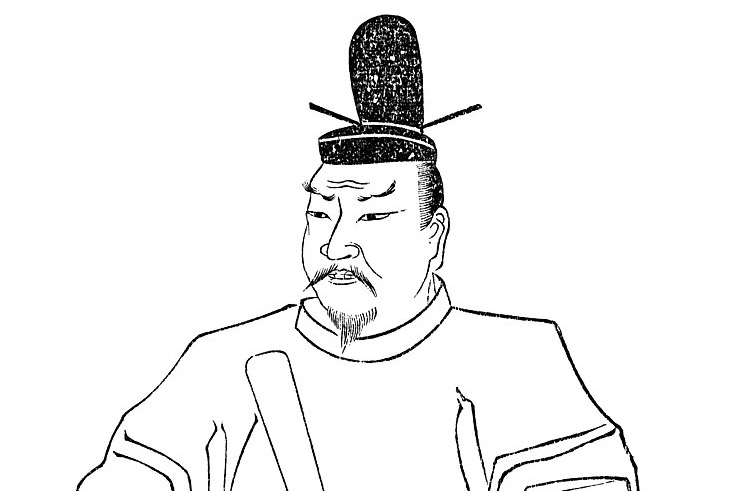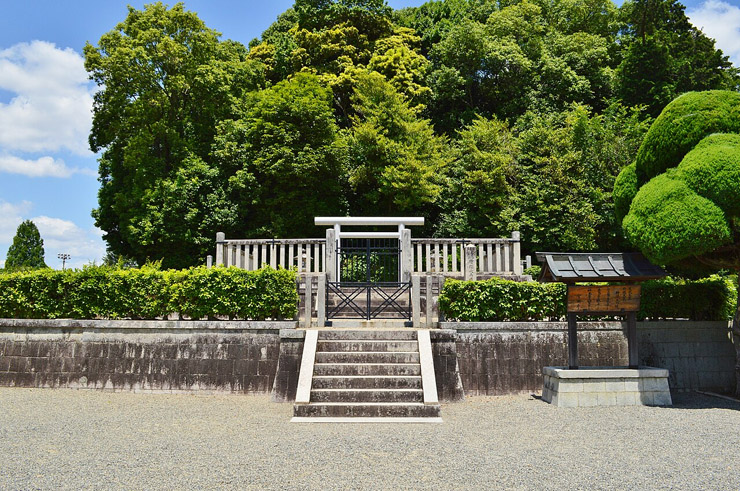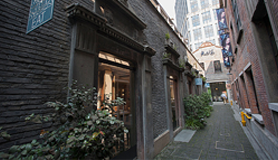HMAP World Story

텐무 천황 (天武天皇, 재위 673–686)
일본의 제40대 천황. '일본'이라는 국호, '천황'이라는 군주명을 비롯해 전근대 시절 일본의 체제를 확립시킨 인물이자, 천황이 실권을 쥐어본 기간이 생각보다 짧은 일본 역사에서 천황이라는 이름에 걸맞은 강력한 전제 권력을 행사한 천황 중 한명이었다. 천년이 넘게 일본의 식문화에 큰 영향을 미친 육식금지령을 내린 것으로도 나름 유명하다. 다만 대중들이 생각하는것과는 다르게 처음부터 육식을 아예 금지한 것이 아니었으며 이 사람이 내린 칙령 하나 때문에 일본의 육식문화가 완전히 전멸했다는 말은 크게 와전된것이다.
[자세히보기]출처 : 나무위키
Emperor Tenmu (630-686)
Emperor Tenmu (630 – 686) was 40th Emperor of Japan according to the traditional order of succession. He was born Prince Ōama around 630, the son of Emperor Jomei and his consort Princess Takara. Ruling from 673 to 686, during the Asuka period, his life is mainly documented by the chronicles Nihon Shoki and Kojiki, as well as the poetry collection Man'yōshū.
[Learn more]Source : Wikipedia








 HOME
HOME



 0
0




